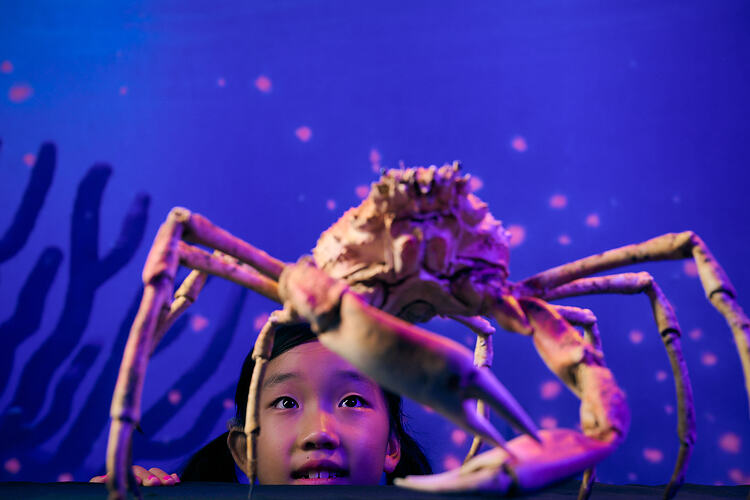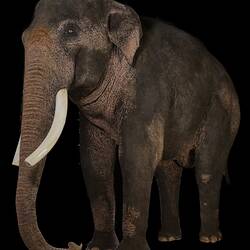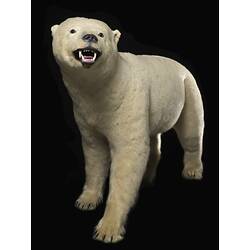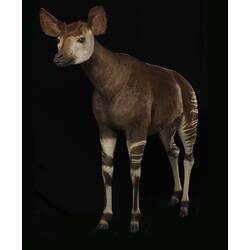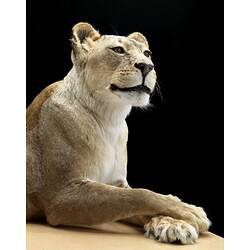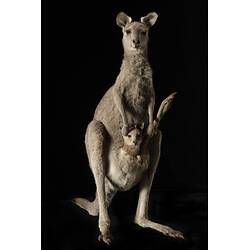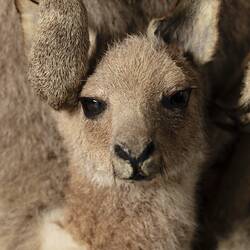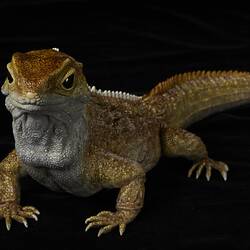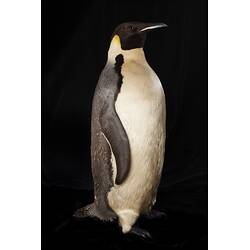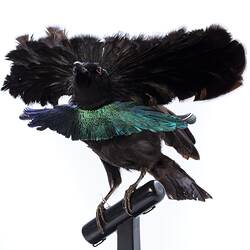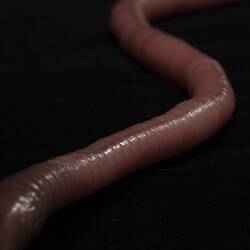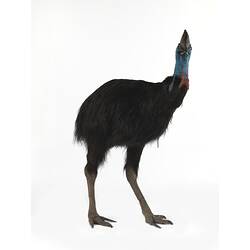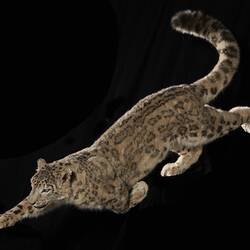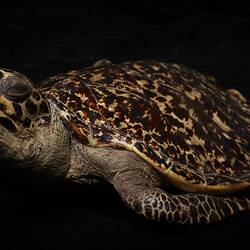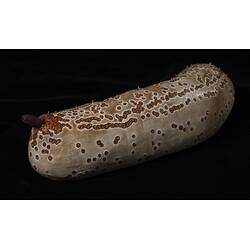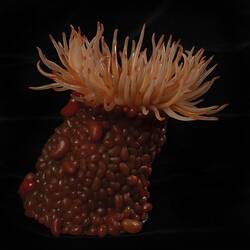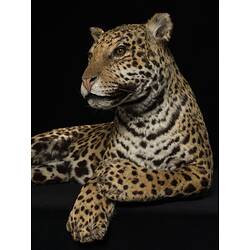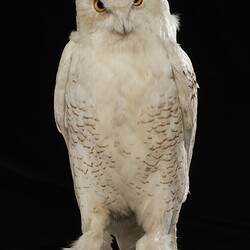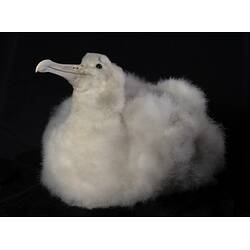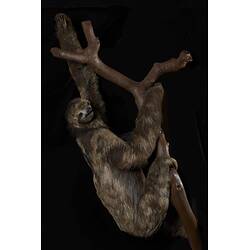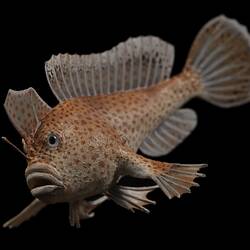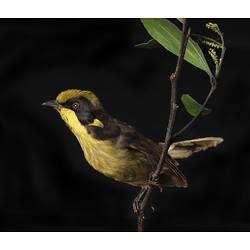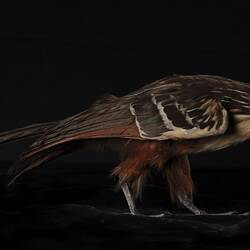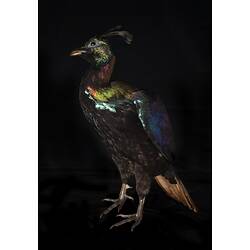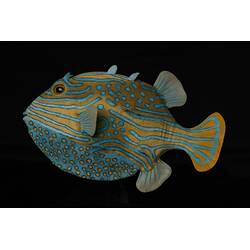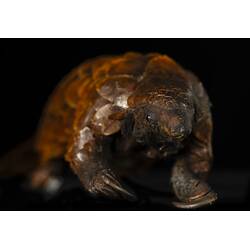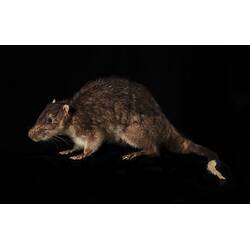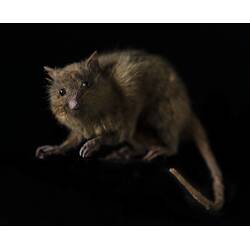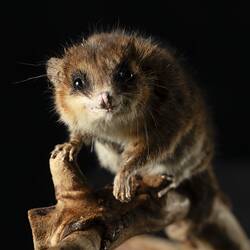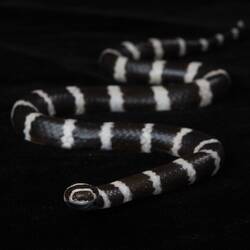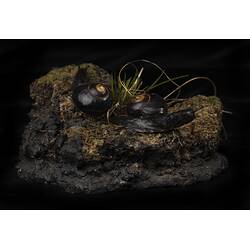This multisensory gallery explores biodiversity and the deep interconnectedness of life on Earth. It's about all of us, together, here and now, and the powerful kinship humans share with every form of life.
As visitors journey from snow-covered mountains to vibrant reefs, they discover their own place within nature's dynamic living network. That living network is our planet's greatest wonder. And now is the moment to protect it, along with the extraordinary life-support system it provides.
Our family began billions of years ago with the first life. From these small beginnings, the living world grew more complex, blossoming into an incredible diversity of forms and beings. Our evolving family tree shows the way all living beings are connected and have been since life on Earth began. This section of the exhibition houses over 700 museum specimens including tiny and diverse insects, fascinating marine invertebrates, fishes, reptiles, birds and mammals such as a powerful Lioness, magnificent Wildebeest and compelling orangutan.
Reefs are vast natural structures providing homes for a rich diversity of underwater life that contributes to expansive marine ecosystems and food webs across the world's oceans. Millions of people depend on reefs for food and coastal buffering; reefs also offer shelter for migrating animals on their epic journeys around the globe. This section of the exhibition includes a range of specimens including a Hawksbill Turtle, Leafy Seadragon and range of crabs.
Rainforests are the most biodiverse land environments in the world - home to more than half the world's plant and animal species. Rainforests form a vibrant green band around the entire planet that cleanses the air. Dense, towering trees add water vapour and oxygen to the air, while the leaves, branches and trunks store carbon that would otherwise be released into the atmosphere. Birds of Paradise, climbing mammals including a sloth, and a diversity of rainforest insects are on display in the forest Canopy section. On the forest floor are a range of animals that shape the forest by foraging and seed dispersal, including an Asian Elephant, an Okapi and a Cassowary.
Icy regions such as Antarctica and the Arctic are the starting point for incredible processes that shape the whole planet. The movement of cold water in these frozen polar areas drives ocean currents that mix and refresh the ocean on a global scale. While they may seem inhospitable, icy regions are also the origin of abundant and expansive food webs of many diverse animals, from krill to fish, squid, whales, seals and seabirds. Mountaintops also feature unique animals with stunning adaptations to the cold. On display are penguins, an albatross, Elephant Seal, Arctic Fox, Snowy Owl, Snow Leopard and Polar Bear.
Soil is a remarkable, living biological structure, teeming with life akin to a reef or a rainforest. This underground world is organised by millions of microbes, soil animals, fungi and plant roots, forming a network of interactions and supporting life above which ranges in size from compact grasses to towering forests. Healthy soil retains organic matter and filters water, maintaining moisture in the landscape and purifying water that percolates into groundwater and rivers. Models on display here include a Bull Ant, Dragon Springtail, Oribatid Mite and Tardigrade.
More Information
-
Keywords
-
Authors
-
Article types
